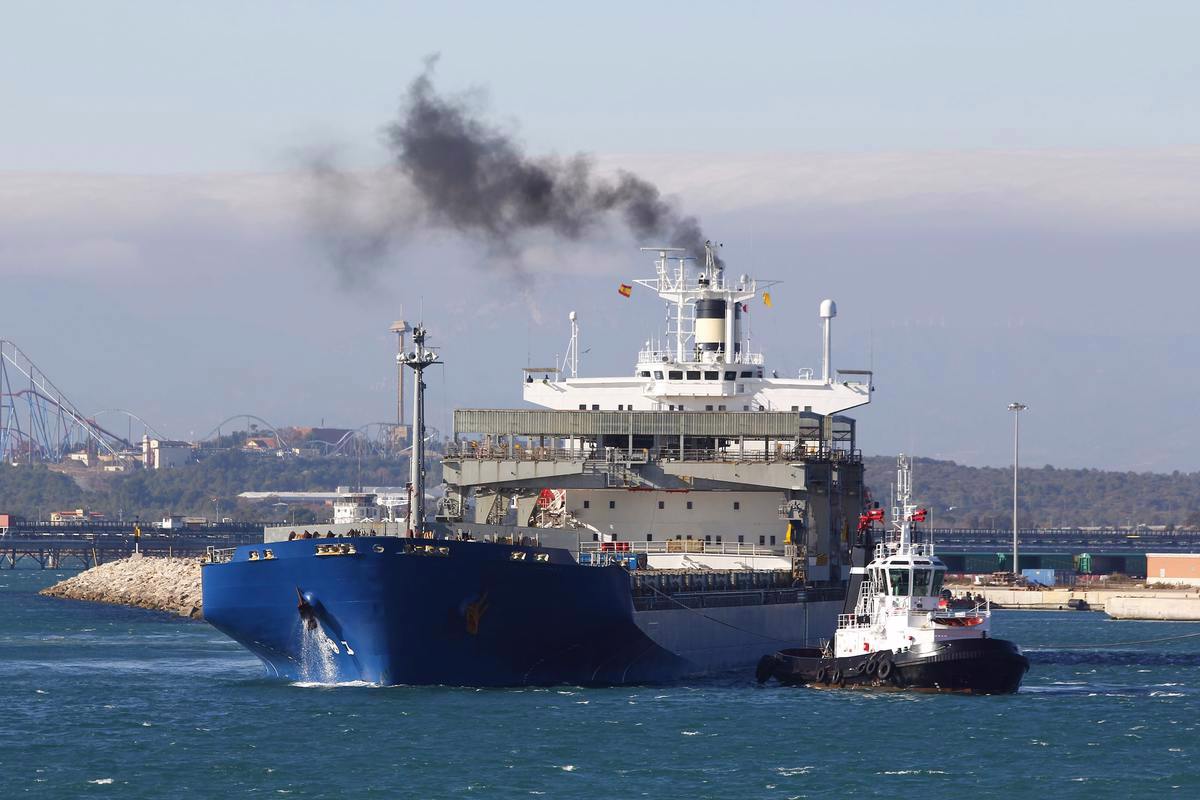Unsafe Suez and dry Panama: Disruptions at maritime chokepoints spell trouble for global supply chains
Global supplies of everything from grains and energy products to iPhones and laptops could be hit just ahead of Christmas as two of the world’s biggest maritime trading routes are now impaired, tightening vessel availability and adding millions of dollars to shipping costs.
 PHOTO: Getty Images
PHOTO: Getty Images
The Suez Canal, which links the Red Sea to the Mediterranean, has seen less ship traffic than usual this week. Shipowners and charterers have grown increasingly wary of the dangers posed by Yemen’s Houthi militant group, which has attacked multiple ships in recent days. Dozens of shippers, including the world’s biggest containership owners MSC and Maersk, and European oil major BP, have announced ship diversions.
At the same time, the Panama Canal, which is the shortest route between the Pacific and Atlantic oceans, is operating at lower daily transit rates as canal authorities grapple with the second-worst drought on record in the region.
With traffic through the Suez and Panama canals disrupted, goods and commodities that usually flows through those routes is now being diverted on much longer journeys, adding fuel and other operational costs.
“There is a lag effect, of course, because the capacity is there now, but it is only when the ships perform these longer voyages that it starts to be consequential,” a source said.
Some tankers carrying oil and fuel from the US Gulf Coast to Chile last month sailed the length of South America’s Atlantic Coast before turning back upwards along its Pacific Coast. A journey from Houston to Valparaiso would have taken around a month to complete this way, compared to just over two weeks through the Panama Canal when it is operating normally, shipping data shows.
Tankers diverted away from the Suez Canal will likely sail around South Africa’s Cape of Good Hope on their way between ports in Europe to Asia, traders said. Those voyages will also add thousands of extra nautical miles.
Global maritime capacity is also limited and it takes years to build new ships. With container ships, bulkers and tankers away from ports for longer, fewer of them are available to load products again.
By Debarati Bhattacharjee
Please get in touch with comments or additional info to news@engine.online





